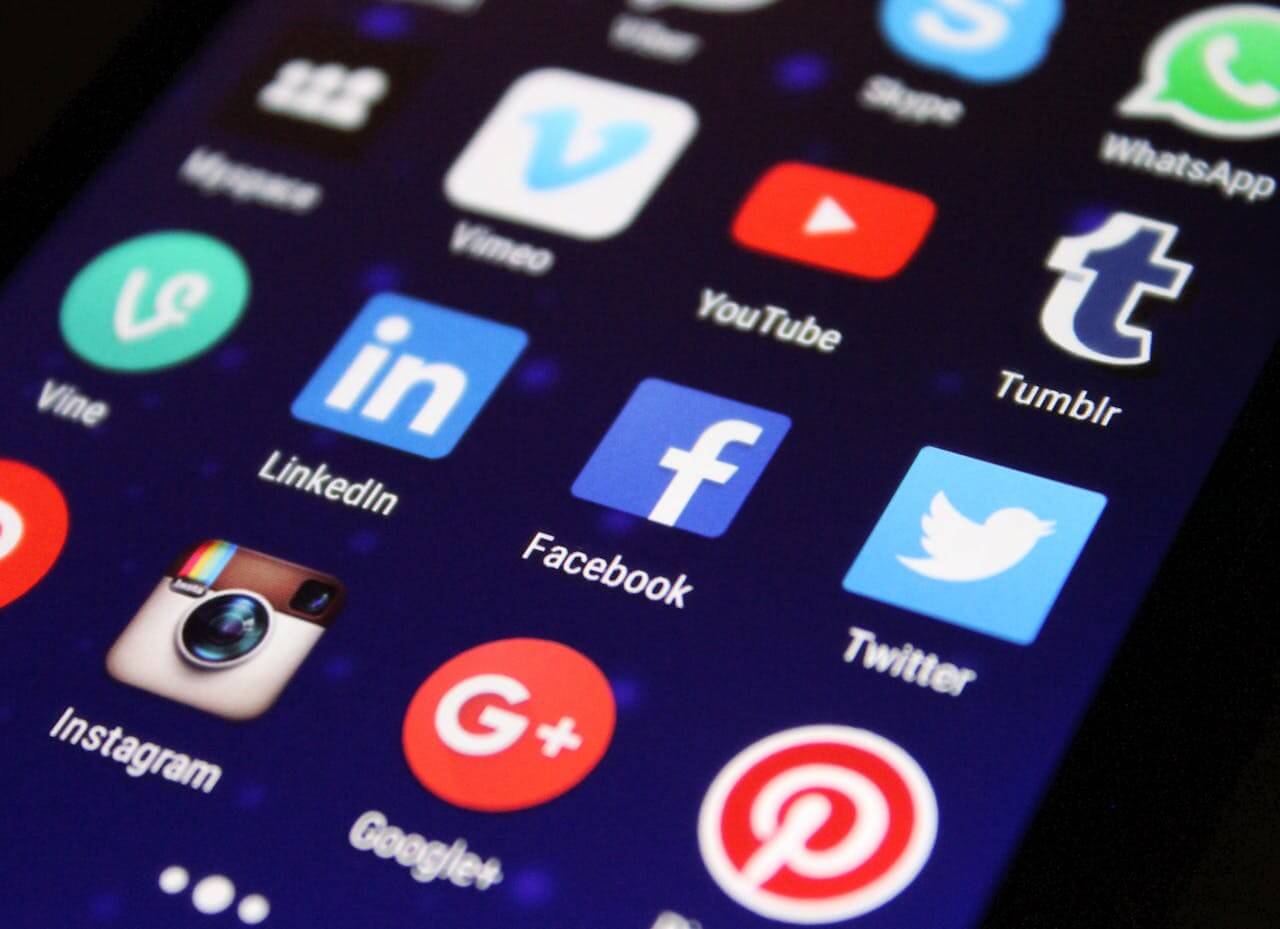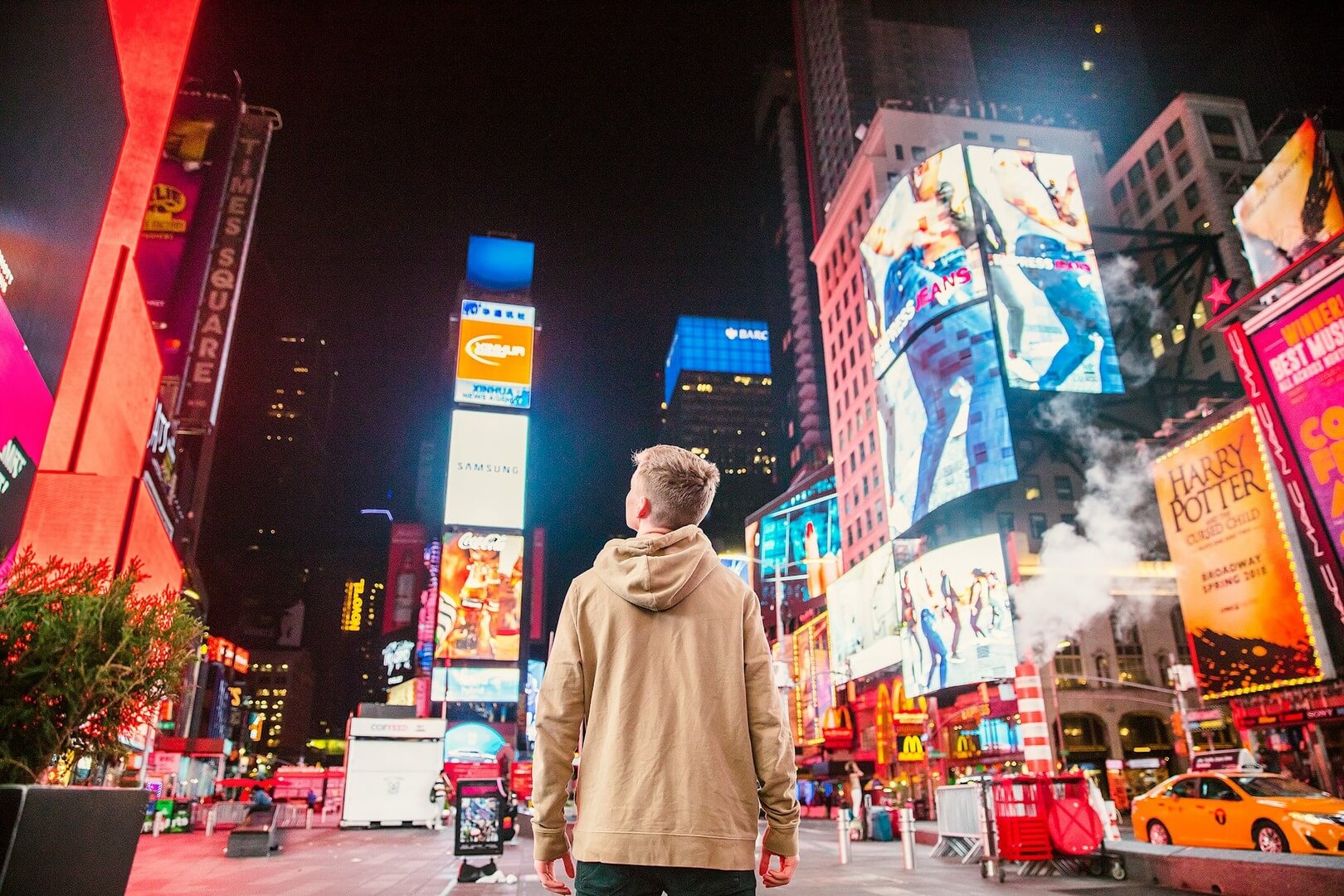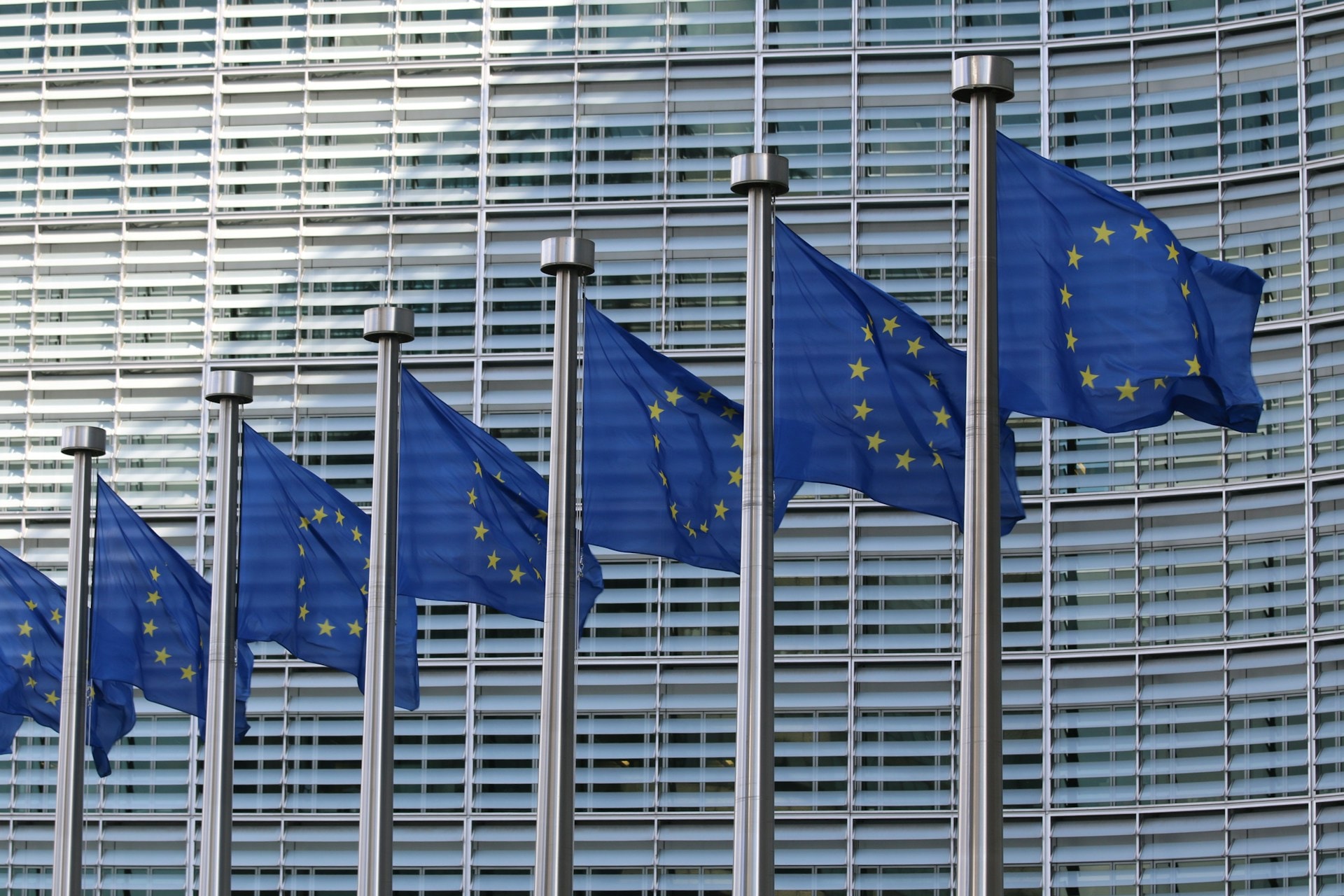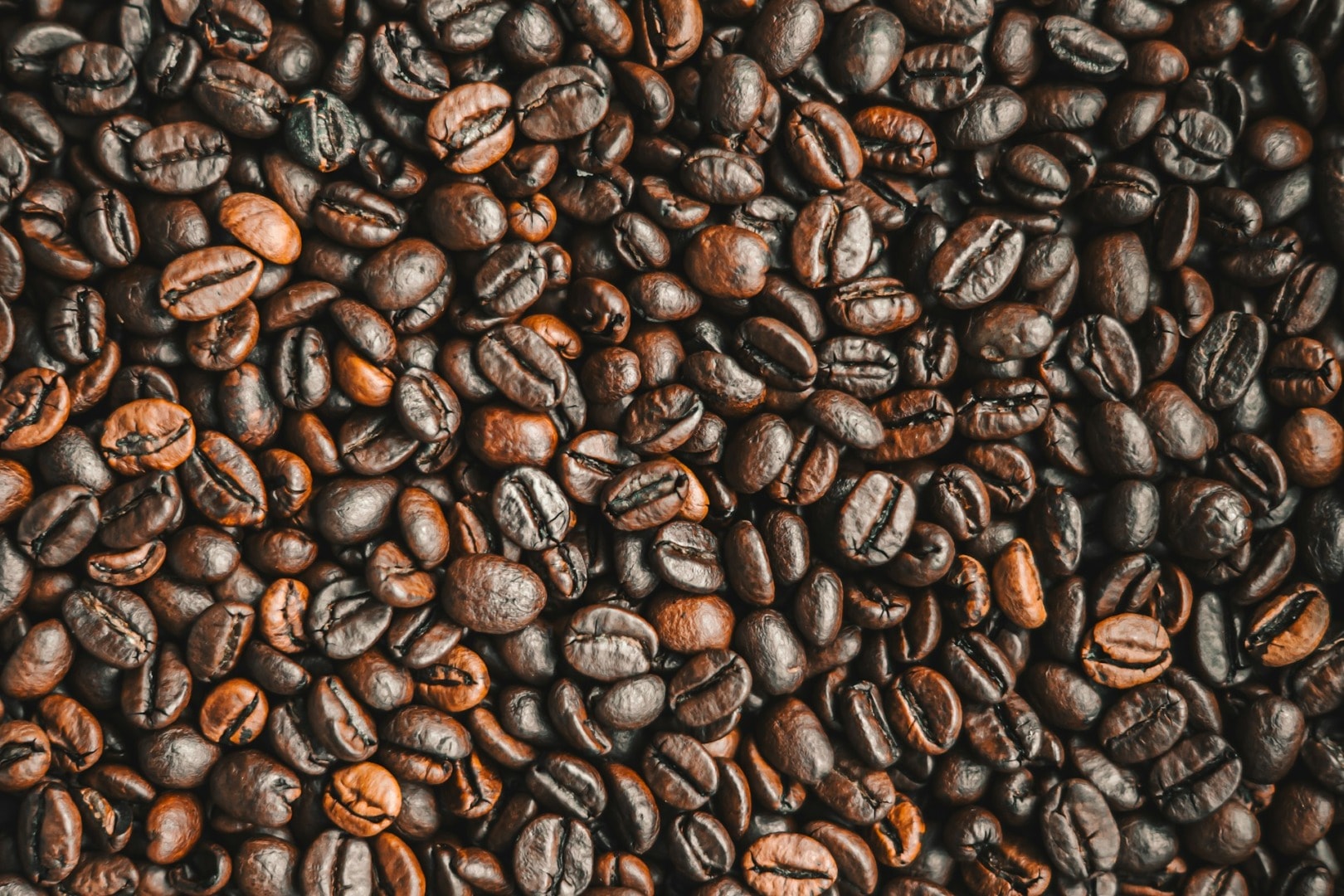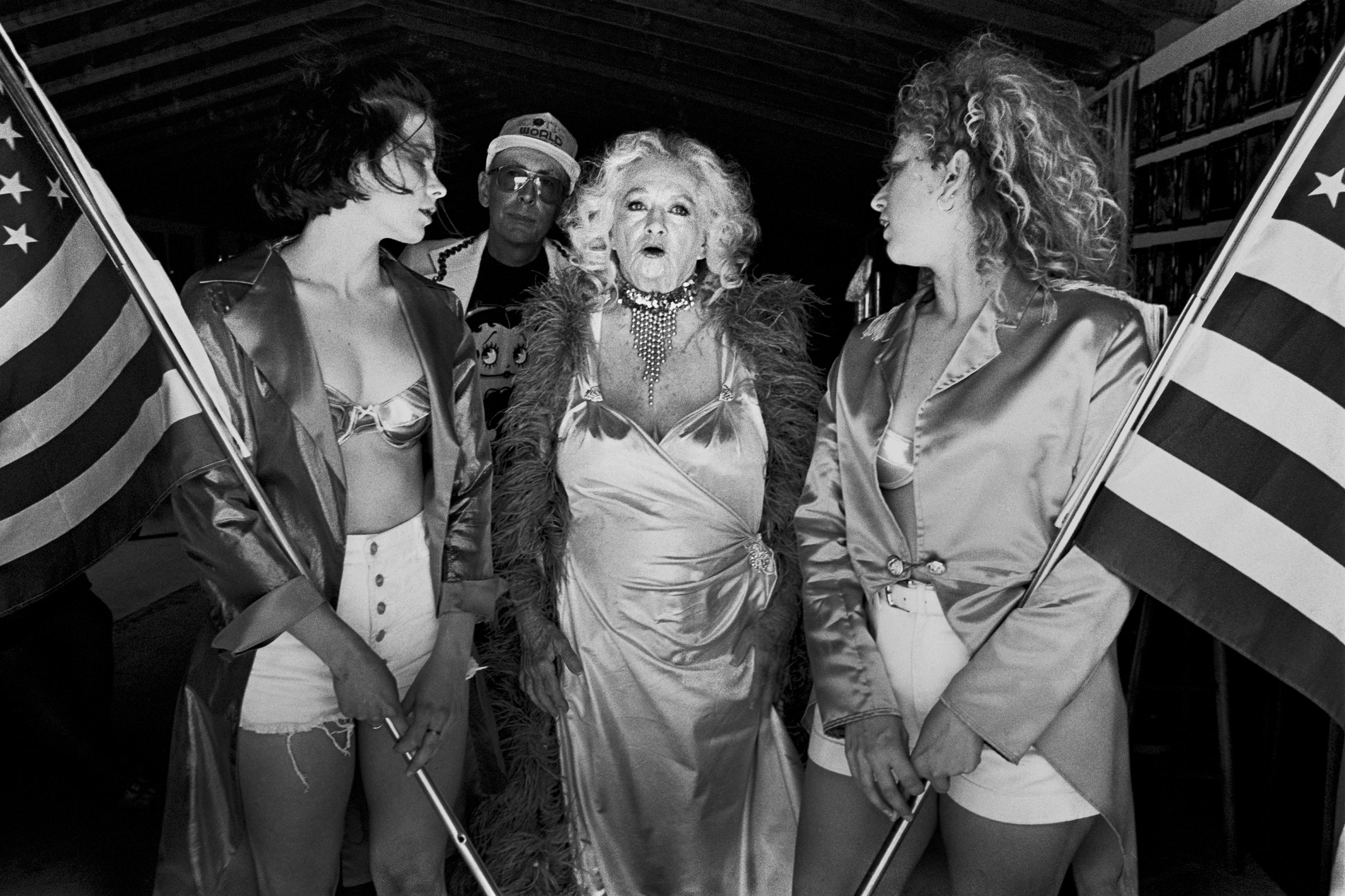In a day and age where advancing technology has granted our phones high quality cameras, people are increasingly becoming involved in cell phone photography. There’s a catch though – up until now, it’s been very difficult to monetize all of those photographs you’ve been taking. Foap is changing all of this. We had the opportunity to speak with Foap AB CEO and founder, David Los, about the app, and the impact that it’s been having on the world of stock photos.
What did you do do before founding Foap, and do you think that your past experiences helped you succeed with Foap in the way you did?
David Los: Before Foap I co-founded a startup called Tripl, where we focused on connecting travelers through Facebook; I definitely think that every venture you start is yet another experience that makes you richer in terms of knowledge and experience, and Tripl certainly was valuable for me. Taking what you’ve learned from the past, and not making the same mistakes, increases your chances significantly in succeeding with your next venture. Foap has of course reached a great level of success due to the lessons that experience has taught me, but even the Foap journey is a rich learning highway, which has certainly augmented my knowledge from the entrepreneurial standpoint.
Every venture you start is yet another experience that makes you richer in terms of knowledge and experience.

IN THE PHOTO: FOUNDER AND CEO, DAVID LOS
What led you to come up with the idea of Foap?
D.L.: We were tired of those traditional “fake” studio stock photos with the white background, and “cheesy smiles.” When someone says “stock photos,” perfect family photos are what come to mind – photos like these look incredibly staged, without any real feeling or emotion. Since the social media world is quickly growing with Facebook, Instagram, Twitter and many other platforms, we realised that the need for authentic and real everyday images in online marketing would grow a lot, and it did.
We don’t do any marketing – people simply love the idea of monetizing their photos.
At the same time, we also saw that Instagram was about to explode and that everyone today is more or less a photographer – you don’t need to be a professional photographer in today’s world in order to snap great photos. We created a social photo app and a website – a global photo community consisting of normal people, and a marketplace to connect the two dots.
What was your ultimate vision going in to starting your company?
D.L.: I saw a great opportunity and loved the idea that everyone could make money from their everyday phone photos. The vision was, and still is, very simple: our goal is that every photo, which is posted commercially across social media and online advertisement, should eventually come from Foap. Our mission, what we fight for every day, is to be able to deliver the right photo to the right photo buyer, or campaign, in the fastest possible way by combining our community, technology and the social data attached to every photo.
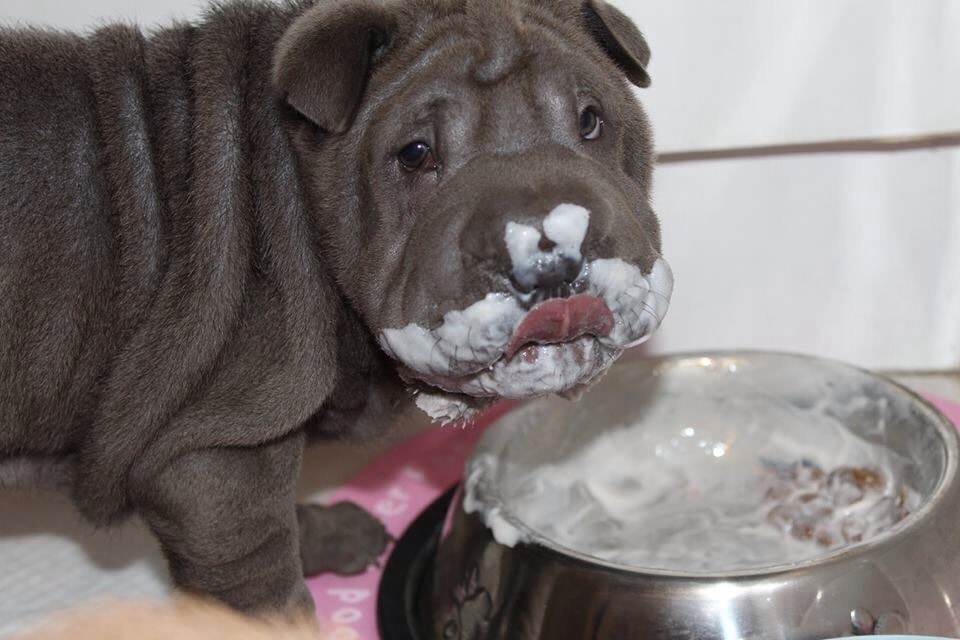
PHOTO CREDIT: FOAP
How did you initially get people on board with the idea of submitting their photos to your app?
D.L.: The interest in photography has grown in recent years, and is still growing exponentially. Almost everyone has great photos in their camera roll, and the idea of being able to make money from your camera roll photos, along with the possibility of being recognized by famous brands, is pretty self selling. We don’t do any marketing – people simply love the idea of monetizing their photos.
Who is your average Foap user?
D.L.: Since we have users from all over the world, it’s hard to say. What most people have in common today is that they have a smartphone with a great camera in their pocket and making a lot of people interested in photography. The Foap community includes anyone from lawyers, to stay-at-home moms, to students; they all love photography and love Foap.
How did you get brands such as Pernod Richard, Hyatt, Intercontinental and TD Bank on board, and what does their involvement mean?
D.L.: There is no magic formula – just pure hustling, hard work and valuing creativity. While we have a pretty clear value proposition for our clients, the main challenge has been getting in touch with the right people in these massive companies – a task more difficult than you would think. You also need to pass through all the decision makers, legal teams etc.
Related Articles:”JOE Z.: STORYTELLING WITH AN IPHONE”
“SEEING THE WORLD THROUGH THE LENS OF A PHOTOGRAPHER“
We have been working hard – everyone wants to work with these brands and we do all we can to make them happy. Once they are part of Foap, they are really treated like family and we work very close with them to make them happy – they are Foap equally as much as our team, since they are shaping and innovating the industry together with us.

PHOTO CREDIT: FOAP
At what point in its history would you say Foap truly succeeded?
D.L.: Success can be measured in so many ways, and it’s changing constantly. My view is that a company is like a human person, constantly changing and improving, new goals being set, time after time. In the end, the app is driven by people and this need to improve is part of human nature. That being said, I would not say we have succeed yet, but are instead working to become better every day. Thus, a big milestone was when we started to see large and global clients renewing their contracts. Having clients contact you, to renew their contract, is something that makes us feel successful, and happy clients means happy Foapers who sell more photos.
In the future, do you plan on branching out into other reverse marketplaces?
D.L.: We have many ideas, but are currently focusing on providing images as best as we can, and feel there is still much to be done in this space.



